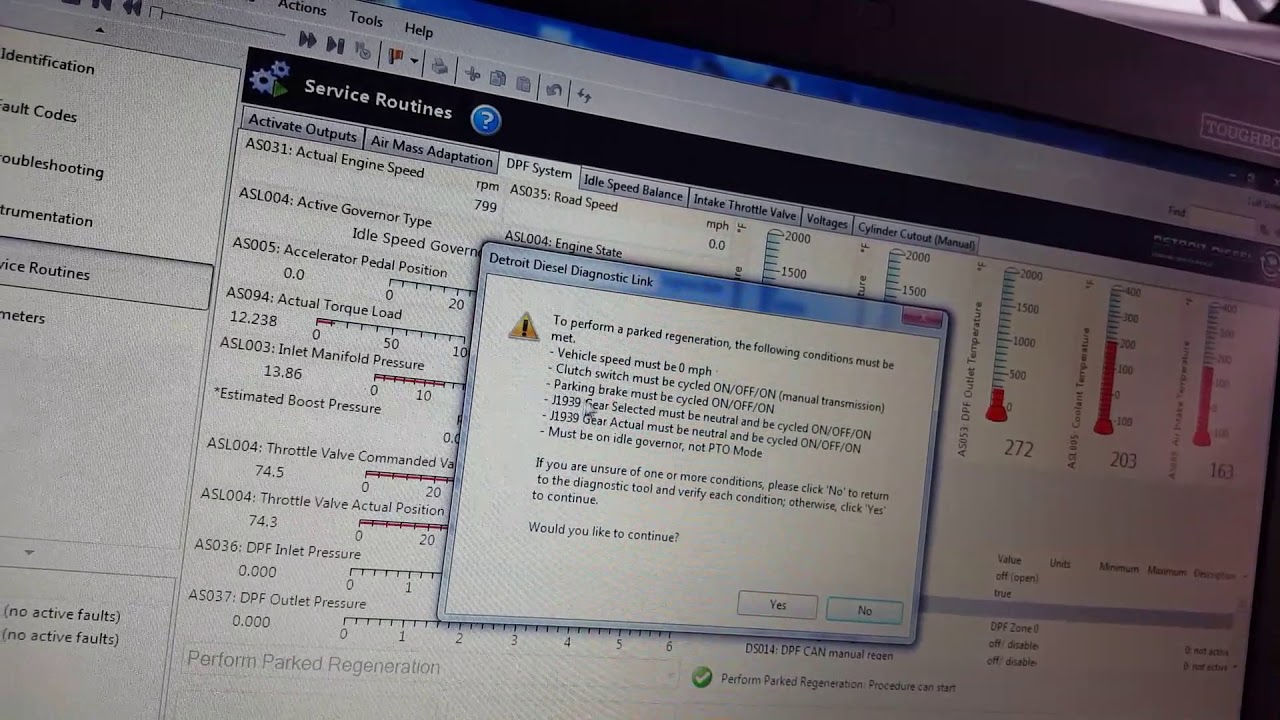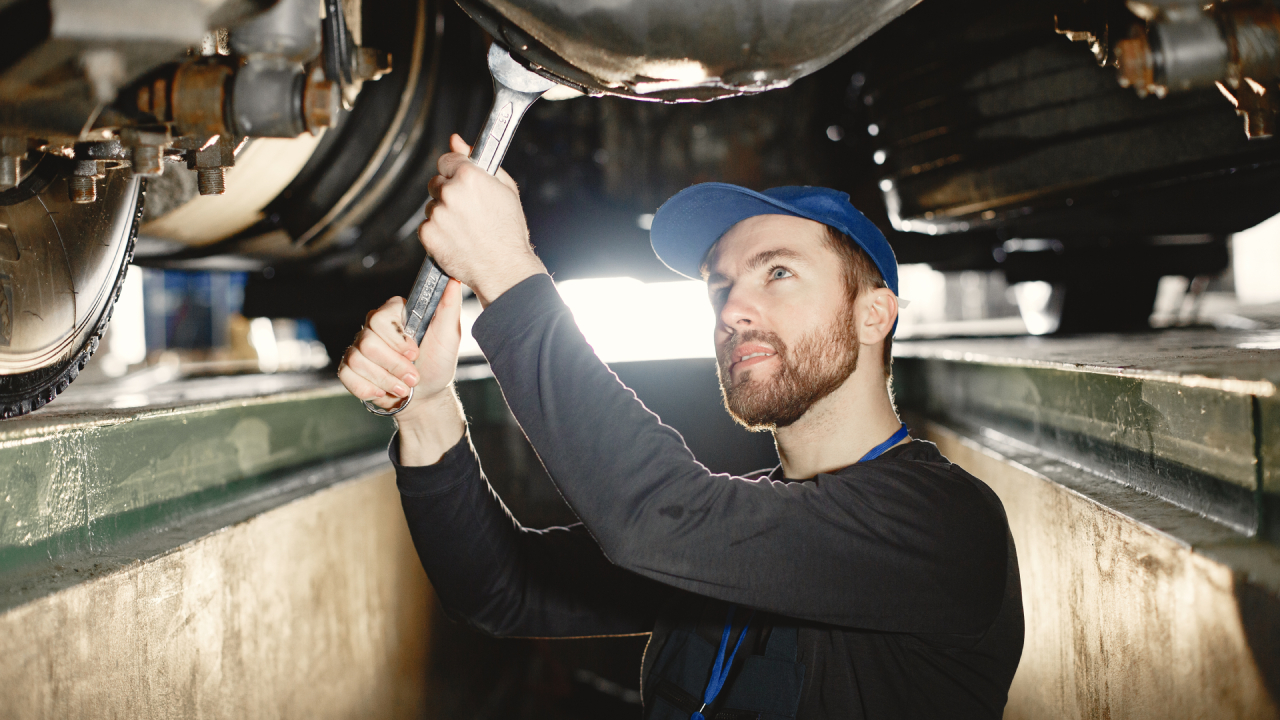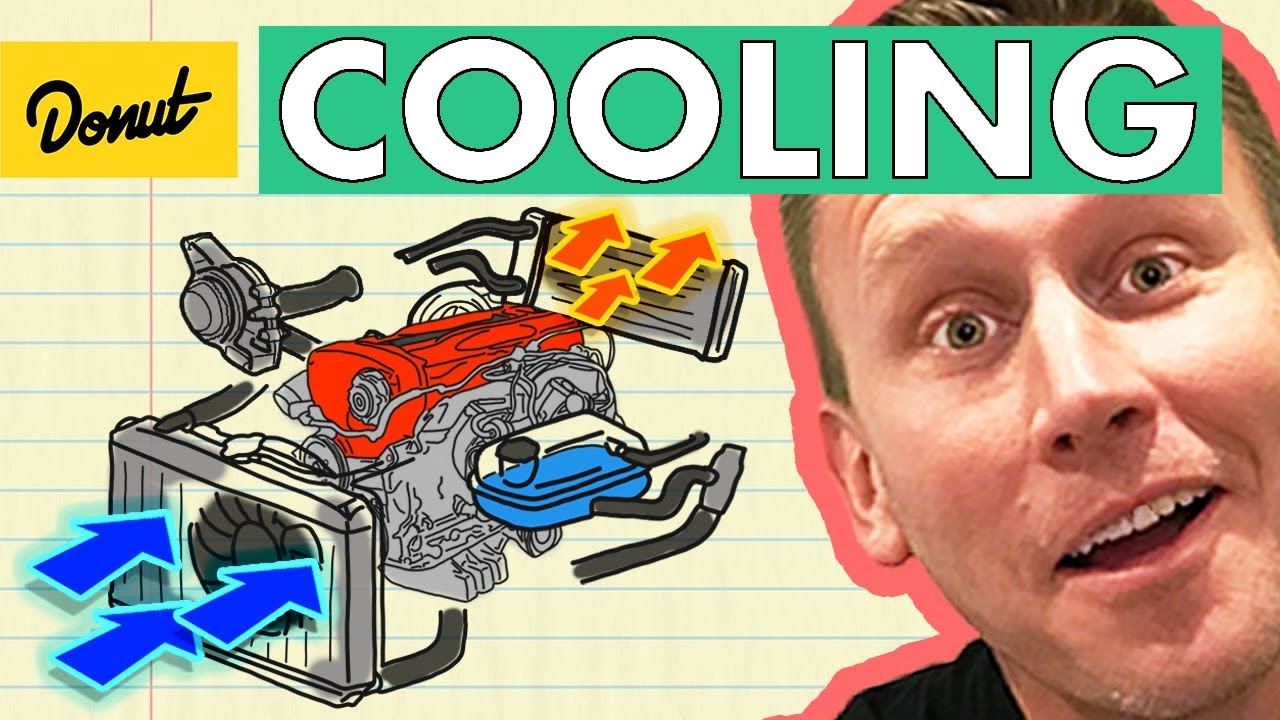What would we do without diagnostic software? Absolutely nothing…well nothing productive anyways. It would be the blind leading the blind not knowing what to do or where to go next. Sure you could start guessing and changing parts …expensive parts in most cases but not knowing for sure if what you’re doing is going to fix the problem. Since diesels went electronic it’s impossible to work as a technician without diagnostic software. In the video it explains in depth what exactly is going on with the emission system.
Computer controlled vehicles on the road are programmed individually for the best drive-ability and operator comfort. The on board computer has to be told what to do. If you hit a control the computer reads the request and carries it out according to the programming. Protecting the engine is a big factor for us fleet people and a benefit to the driver especially if he or she owns the vehicle. If the engine temperature rises to an unsafe level a red light comes on the dash warning the driver to pull over and check it out. If the program says the engine will shut down when engine temperature reaches 230 degrees fahrenheit then sure enough it will happen before any damage occurs.
The same goes with engine oil pressure, ABS brakes, HVAC and emissions. The parameters are set and once they go out of the desired setting a warning indicator lights up on the dash. I’ve come to accept this new technology and not get all pissed off when an amber or red warning light comes on. The computer is letting us know something isn’t right and attention is required before it gets worse. Sure it’s a pain to deal with a break down on the road but better to have a minor issue before possibly making a big dent in the budget.
I have to admit seeing what’s going on in the diesel engine is interesting. Turbocharger pressure and fuel pressure are key areas to analyze not excluding emission system health. If the Diesel Particulate Filter is plugging up the software will tell you how bad it is and allow you to go on an over the road regen to try and clean out the system. The differential pressure is the most important parameter to monitor with a 3 psi window between the intake and outlet before having to remove the DPF and get it checked and cleaned or ching ching replaced for a cool $2500 (aftermarket price). I’ve said before this stuff is expensive so servicing is way more economical than replacing.







